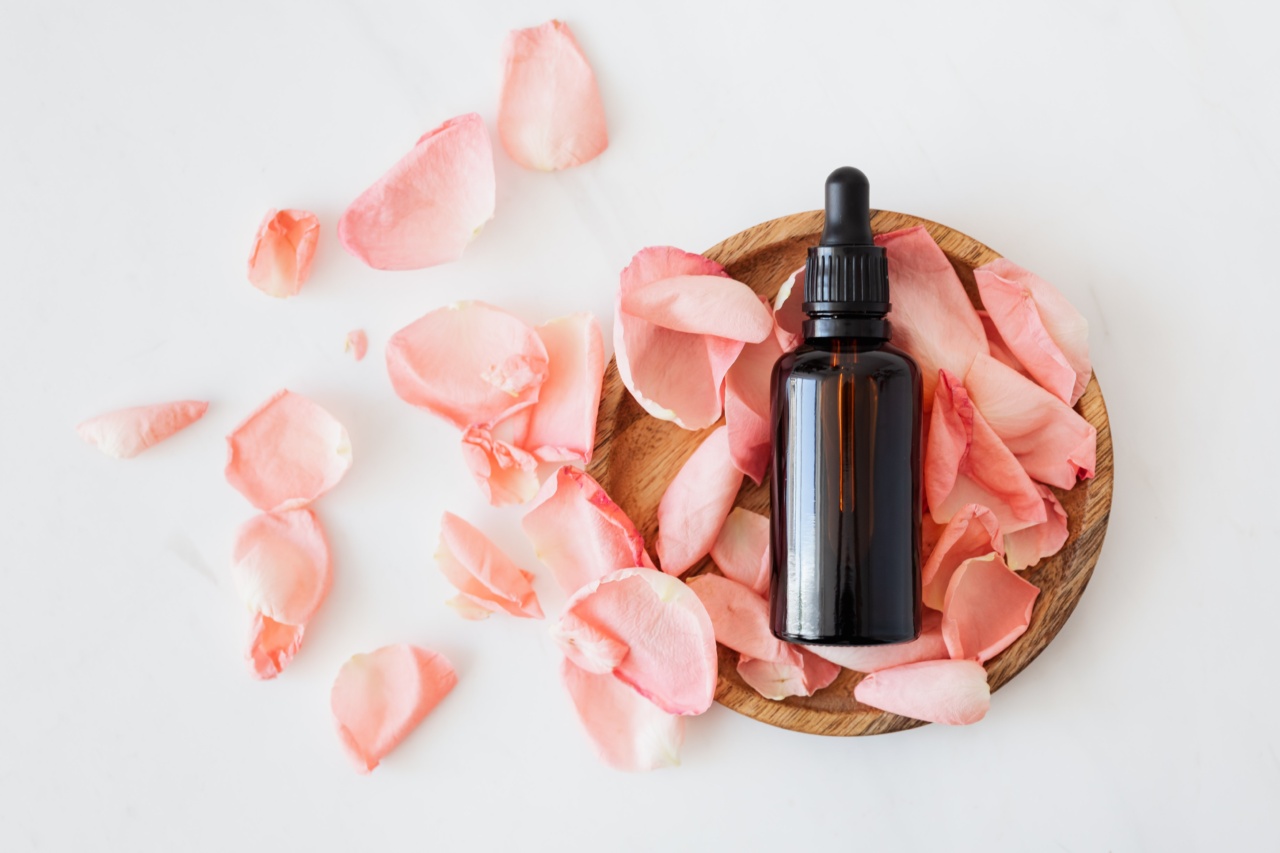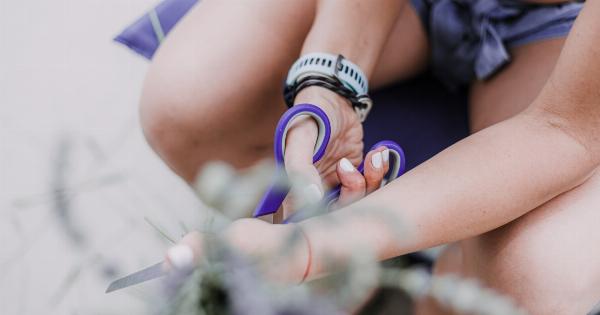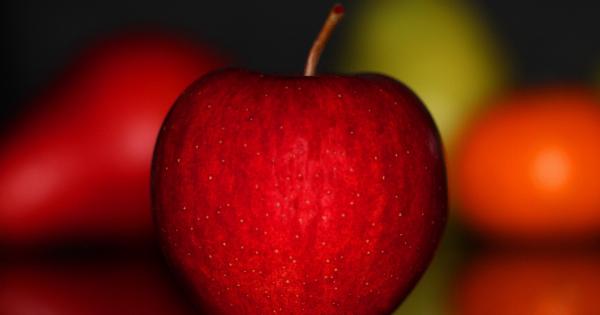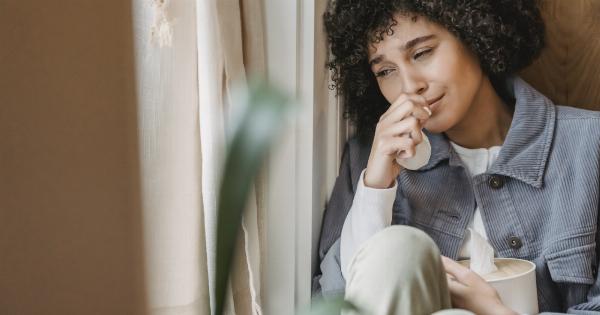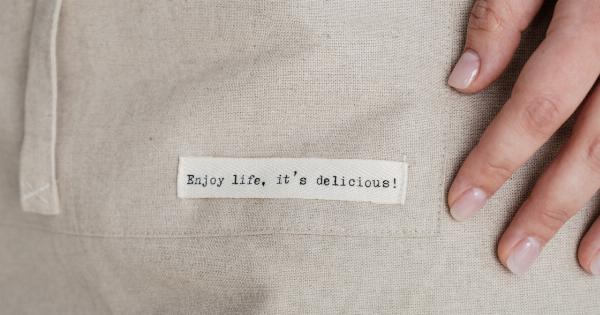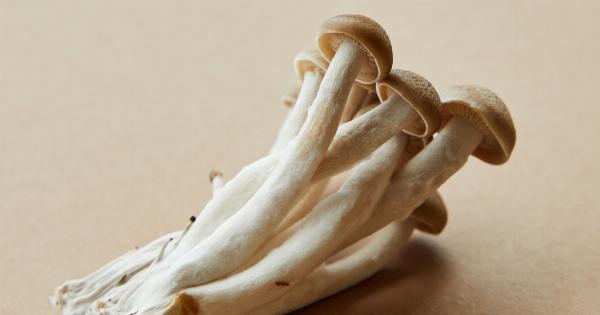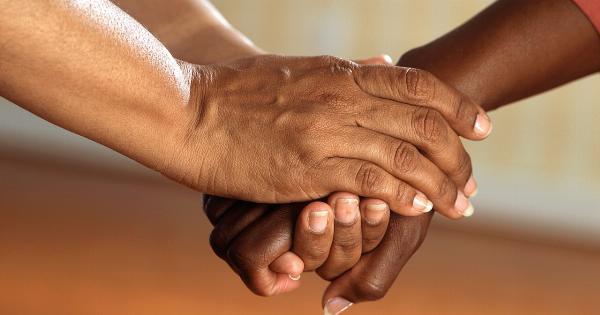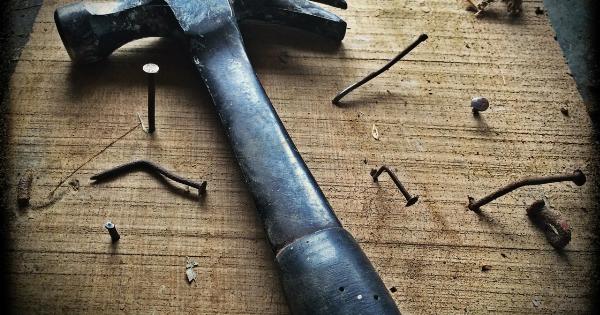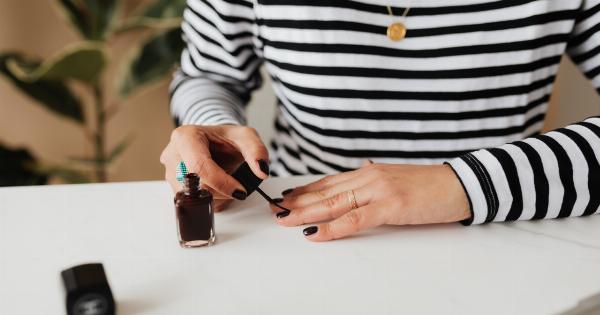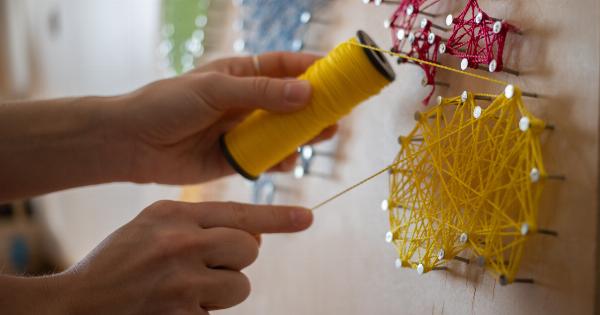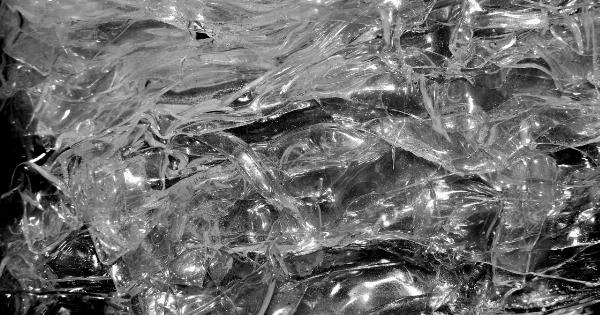When it comes to personal grooming, nails often take a backseat for most people. They are the thin, flat coverings on the tips of our fingers and toes that can be easily left neglected or forgotten.
But are nails truly expendable, or do they serve an essential purpose in our daily lives? Let’s delve deeper into the significance of nails and explore their importance beyond just aesthetics.
The Structure and Function of Nails
Our nails are made up of a protein called keratin and are composed of multiple layers. The nail plate is the visible part of the nail that we commonly paint or decorate, while the nail bed lies beneath it.
The lunula, often referred to as the “moon,” is the white, crescent-shaped area at the base of the nail.
Nails serve various purposes beyond decoration. They provide protection to the sensitive fingertips and toes, enhancing the sense of touch.
In addition, our nails help us grasp and manipulate objects with precision, enabling us to perform delicate tasks with ease. Imagine trying to button a shirt or tie a shoelace without the help of your nails!.
The Significance of Nail Health
Nail health is reflective of our overall well-being. Changes in the appearance or condition of our nails can indicate underlying health issues.
Brittle, weak nails may signify nutritional deficiencies, while yellowing or thickening nails might be a sign of a fungal infection. Moreover, certain diseases, such as psoriasis or anemia, can manifest through abnormalities in the nails.
By taking care of our nails, we can prevent various nail-related problems. Regular trimming and maintaining a proper nail length can reduce the chances of painful ingrown nails.
Proper hygiene, such as cleaning under the nails, can help prevent the accumulation of dirt and bacteria. Moisturizing the nails and cuticles prevents them from becoming dry and brittle.
Nail Care and Maintenance
Healthy nails not only look attractive but also contribute to overall hygiene. Here are a few essential tips to care for your nails:.
1. Keep Nails Clean and Dry
Clean your nails and the skin around them regularly. Use mild soap, warm water, and a soft brush to remove dirt and debris. Make sure to dry them thoroughly, especially in the areas between the fingers and toes, to prevent fungal growth.
2. Trim and File Regularly
Trim your nails regularly, preferably after a shower when they are soft. Use a sharp nail clipper and trim straight across, avoiding rounded edges to prevent ingrown nails. Use a nail file to shape and smooth the edges.
3. Avoid Using Nails as Tools
While nails may seem strong, they are susceptible to breakage and damage. Avoid using them as substitutes for tools, such as opening cans or scraping off stickers. This reduces the risk of chipping, cracking, or even losing a nail.
4. Moisturize Nails and Cuticles
Apply a moisturizer or cuticle oil regularly to keep your nails and cuticles hydrated. Dry nails are more prone to cracking and splitting, so keeping them moisturized enhances their strength and flexibility.
5. Protect Nails
When performing household chores or engaging in activities that may expose your nails to chemicals or excessive moisture, consider wearing gloves. This protects your nails from damage and prevents them from becoming weak or discolored.
6. Avoid Harsh Nail Products
Limit the use of harsh nail products, such as acetone-based nail polish removers or artificial nails. These can damage the nail bed and weaken the nails over time. Opt for gentler alternatives and allow your nails to breathe occasionally.
7. Pay Attention to Signs of Nail Problems
Regularly inspect your nails for any signs of abnormalities. Pay attention to changes in color, texture, or shape. If you notice anything unusual, such as persistent pain, swelling, or infection, seek medical advice promptly.
The Psychological Aspect of Nail Care
Nail care not only improves physical health but also plays a role in our mental well-being. Taking the time to groom and pamper our nails can be a form of self-care, boosting self-confidence and promoting relaxation.
A manicure or pedicure can provide a sense of rejuvenation and can even be a way to express personal style.
For some, nail art has become a creative outlet, allowing individuals to showcase their personality and artistic flair.
From simple designs to intricate patterns, nail art offers endless possibilities for self-expression and adds a touch of individuality.
Celebrating Healthy Nails
In conclusion, nails are far from expendable—they are essential. They provide protection, enhance dexterity, and reflect our overall health. By practicing good nail hygiene, we can maintain their health and prevent various nail-related issues.
Remember, healthy nails contribute not only to physical well-being but also to our mental and emotional state.
So, let’s give our nails the care and attention they deserve and celebrate the beauty and importance of these seemingly small but mighty structures.
